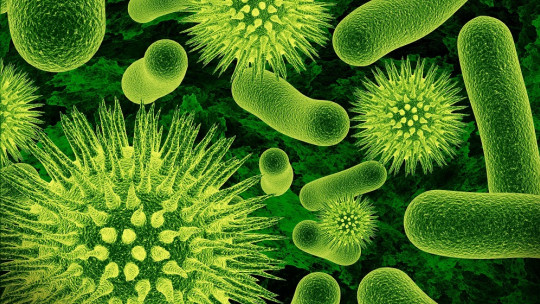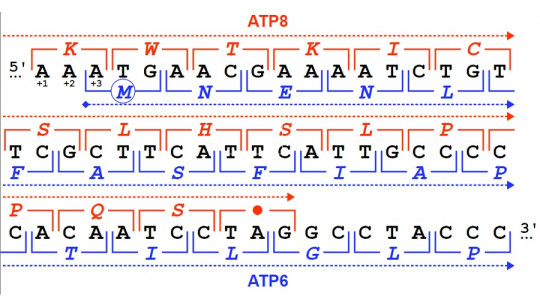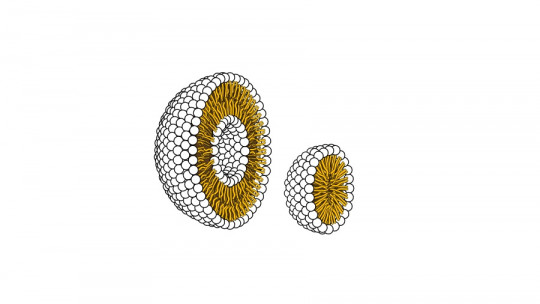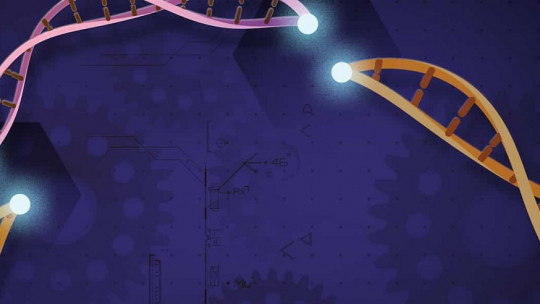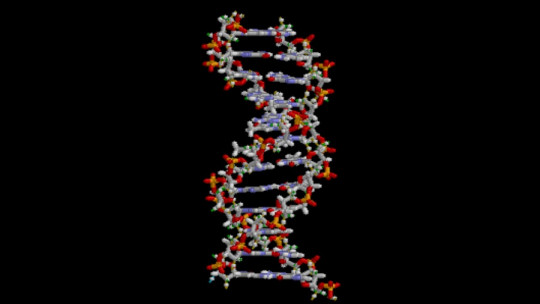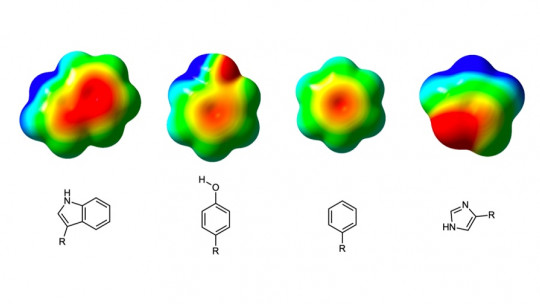All organisms have nucleic acids They may not be as well known by this name, but if I say “DNA” things may possibly change.
The genetic code is considered a universal language because it is used by all types of cells to store information about their functions and structures, which is why even viruses use it to survive.
In the article I will focus on clarify the differences between DNA and RNA to understand them better.
What are DNA and RNA?
There are two types of nucleic acids: deoxyribonucleic acid, abbreviated as DNA or DNA in its English nomenclature, and ribonucleic acid (RNA or RNA). These elements are used to make copies of cells, which will build the tissues and organs of living beings in some cases, and unicellular life forms in others.
DNA and RNA are two very different polymers, both in structure and functions; However, at the same time they are related and are essential for the correct functioning of cells and bacteria Ultimately, although their “raw material” is different, their function is similar.
The nucleotides
The nucleic acids are formed by chains of chemical units called “nucleotides”. So to speak, they are like the bricks that make up the genotype of the different forms of life. I will not go into many details about the chemical composition of these molecules, although therein lie several of the differences between DNA and RNA.
The centerpiece of this structure is a pentose (a 5-carbon molecule), which in the case of RNA is a ribose, while in DNA it is a deoxyribose. Both give names to the respective nucleic acids. Deoxyribose gives more chemical stability than ribose which makes the DNA structure more secure.
Nucleotides are the fundamental building block for nucleic acids, but they also have an important role as a free molecule in energy transfer in metabolic processes of cells (for example in ATP).
Structures and types
There are several types of nucleotides and not all of them are found in both nucleic acids: adenosine, guanine, cytosine, thymine and uracil The first three are shared in the two nucleic acids. Thymine is only in DNA, while uracil is its counterpart in RNA.
The configuration that nucleic acids take is different depending on the form of life we are talking about. In the case of the eukaryotic animal cells like human cells Differences are observed between DNA and RNA in their structure, in addition to the different presence of the nucleotides thymine and uracil mentioned above.
The differences between RNA and DNA
Below you can see the basic differences between these two types of nucleic acid.
1. DNA
Deoxyribonucleic acid is structured by two chains, which is why we say it is double-stranded. Are chains draw the famous double helix linear, because they intertwine with each other as if they were a braid. In turn, the DNA chains remain coiled in chromosomes, entities that remain grouped inside the cells.
The union of the two DNA strands occurs through bonds between opposite nucleotides. This is not done at random, but rather each nucleotide has affinity for one type and not another: adenosine always binds to a thymine, while guanine bonds with cytosine.
In human cells there is another type of DNA apart from nuclear: mitochondrial DNA, genetic material which is located inside the mitochondria, the organelle responsible for cellular respiration.
Mitochondrial DNA is double-stranded but its shape is circular rather than linear. This type of structure is typically observed in bacteria (prokaryotic cells), so it is thought that the origin of this organelle could have been a bacteria that joined eukaryotic cells.
2. RNA
Ribonucleic acid in human cells is found linearly but it is single-chain, that is, it is configured to form only one chain. Furthermore, comparing their size, their chains are shorter than DNA chains.
However, there is a wide variety of types of RNA, three being the most prominent, since they share the important function of protein synthesis:
Duplication, transcription and translation
What gives its name to this section are three very different processes linked to nucleic acids, but easy to understand.
Duplication only involves DNA. It occurs during cell division, when the genetic content is replicated. As its name indicates, it is a duplication of genetic material to form two cells with the same content. It is as if nature made copies of the material that will later be used as a blueprint that indicates how an element has to be built.
Transcription, on the other hand, affects both nucleic acids. In general, DNA needs a mediator to be able to “extract” information from genes and synthesize proteins; For this it uses RNA. Transcription is the process of passing the genetic code from DNA to RNA, with the structural changes that it entails.
Translation, finally, only acts on RNA. The gene already contains the instructions on how to structure a specific protein and has been transcribed into RNA; now it’s just missing move from nucleic acid to protein
The genetic code contains different combinations of nucleotides that have significance for protein synthesis. For example, the combination of the nucleotides adenine, uracil and guanine in RNA always indicates that the amino acid methionine will be placed. Translation is the transition from nucleotides to amino acids, that is, what is translated is the genetic code
- Alquist, P. (2002). RNA-Dependent RNA Polymerases, Viruses, and RNA Silencing. Science 296(5571): 1270 – 1273.
- Dahm, R. (2005). Friedrich Miescher and the discovery of DNA. Developmental Biology 278 (2): 274 – 288.
- Dame, RT (2005). The role of nucleoid-associated proteins in the organization and compaction of bacterial chromatin. Mol. Microbiol. 56 (4): 858-70.
- Hüttenhofer, A., Schattner, P., Polacek, N. (2005). Non-coding RNAs: hope or hype?. Trends Genet 21 (5): 289 – 297.
- Mandelkern, M., Elias, J., Eden, D., Crothers, D. (1981). The dimensions of DNA in solution. J Mol Biol. 152(1): 153 – 161.
- Tuteja, N., Tuteja, R. (2004). Unraveling DNA helicases. Motif, structure, mechanism and function. Eur J Biochem 271 (10): 1849 – 1863.


